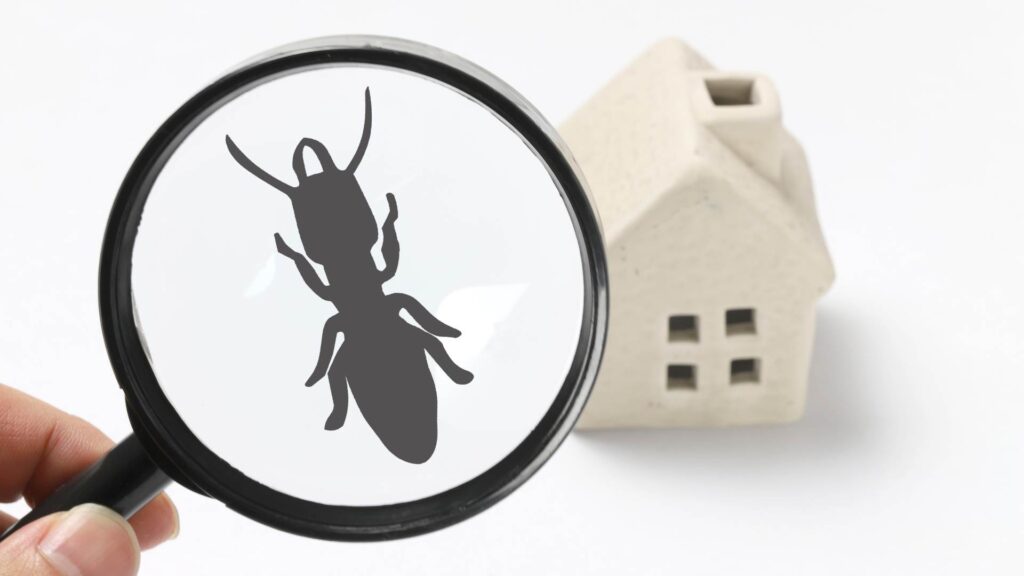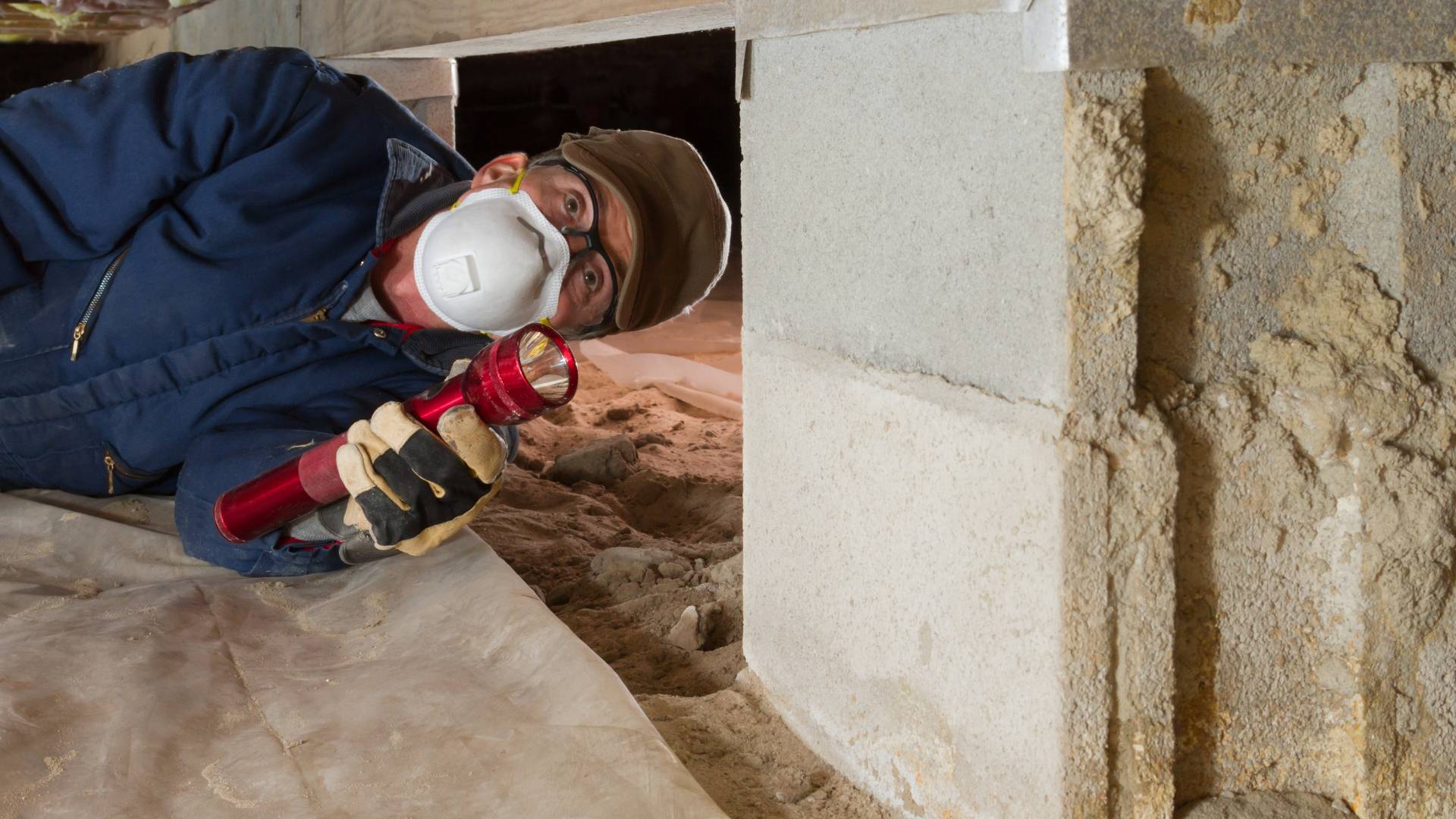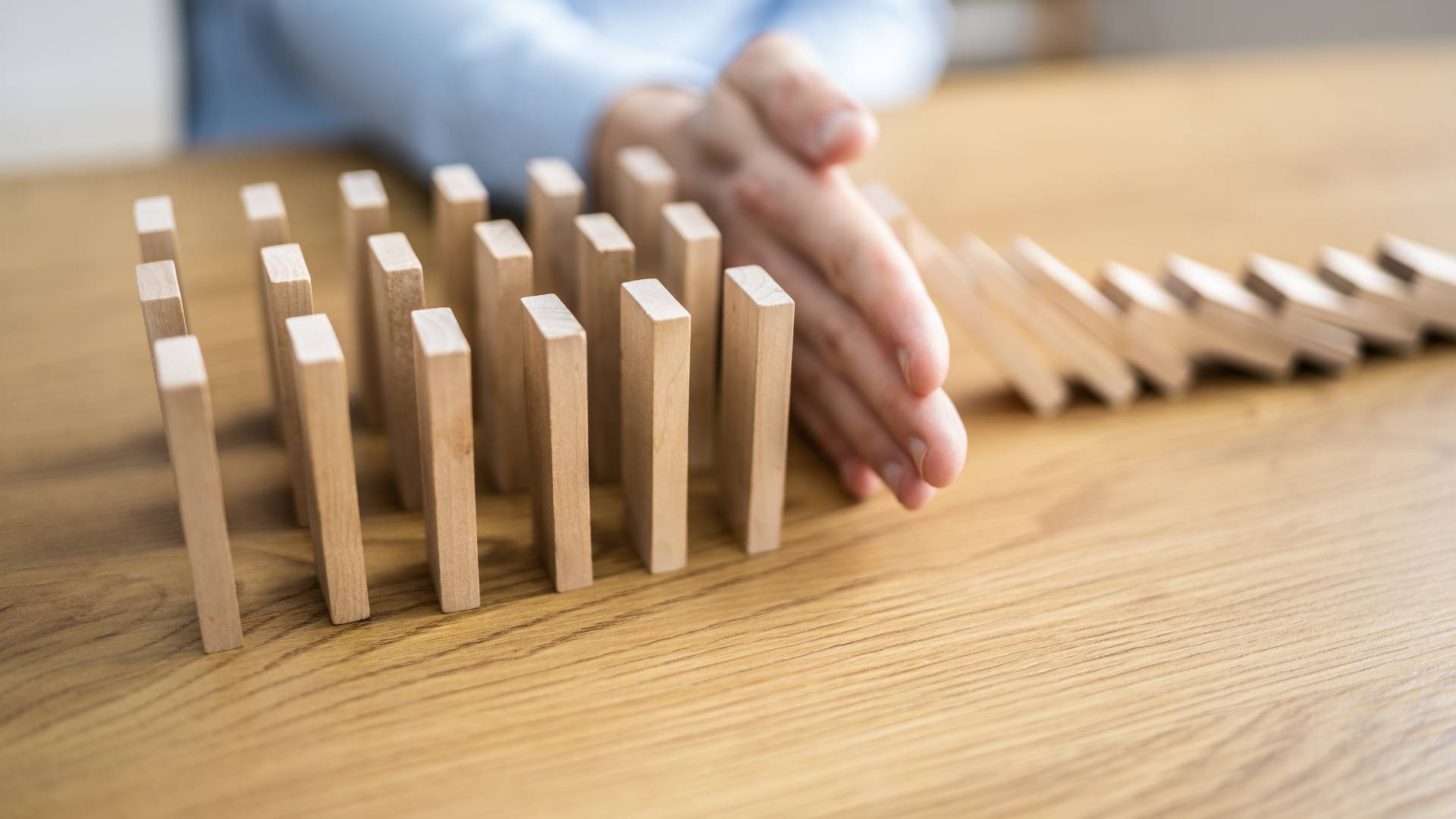Because termites are infamous for causing severe structural damage, discovering termites in your home may be very unsettling. These pests, which are tiny but mighty, are more than simply a nuisance; they have the potential to threaten the structural integrity of buildings, which can result in expensive repairs and restorations.
However, not every termite is made equal in the same way. Many distinct kinds of termites can be found all over the world. Each termite has its own set of features and behaviours, and as a result, they provide a varied level of danger to your property.
Efficient termite management and prevention measures need to be taken, as well as a thorough awareness of the differences between the many species of termites.
These termites range from the subterranean termites, which construct their colonies underground, to the drywood termites, which reside within the wood they consume.
Please accompany us as we investigate the various kinds of termites, their habitats, how they consume food, and the unique issues they present to homeowners and property managers.
Now that you are armed with this information, you will be better prepared to safeguard your home from the destructive force of termites, who are silent but destructive.
Major Types Of Termites
Termites, often dubbed the "silent destroyers," are notorious for their ability to cause significant structural damage to homes and buildings. With around 2,000 known species globally, these pests have adapted to thrive in various environments, posing different threat levels to structures.
Understanding the major types of termites is crucial for homeowners to protect their properties effectively. Here, we delve into the most common termite species' characteristics, habitats, and impacts.
Subterranean Termites
Subterranean termites are the most widespread and destructive termite species in the United States. Found in every state except Alaska, they live in underground colonies or moist, secluded areas above ground.
They are known for building distinctive "mud tubes" to access food sources and protect themselves from the open air. The Formosan termite, a subtype of subterranean termites, is particularly notorious for its aggressive nature and large colonies, making it one of the most challenging pests to control.
Drywood Termites
Drywood termites infest dry wood and do not require contact with the soil, distinguishing them from their underground counterparts. They often establish nests in roof materials, wooden wall supports, and furniture.
Unlike other termite species, dry wood termites can survive with less moisture and are typically found in the southern tier states. Their colonies tend to be smaller but can still cause significant damage over time.
Dampwood Termites
As their name suggests, damp wood termites prefer wood with high moisture content. They are more extensive than other termite species and are less likely to infest structures due to the typically low moisture content of wood in buildings.
However, they pose a risk to properties with moisture issues. Dampwood termites are primarily found in the Pacific coastal states, the desert or semi-arid southwest, and southern Florida.
Formosan Termites
Originating from China, Formosan termites are a highly aggressive and voracious species, earning them the title of "super termites." They build large underground colonies and intricate mud nests within the walls of structures. Due to their aggressive nature, Formosan termites are difficult to control once they infest a building.
Conehead Termites
Conehead termites, an invasive species native to the Caribbean, were first introduced in 2001. Unlike most termites, conehead termites do not rely on underground tunnelling to travel, allowing them to spread quickly. They are known for causing widespread property damage in a short period.
Protecting Your Home
Understanding the different types of termites and their behaviours is the first step in protecting your home from these destructive pests. Regular inspections, proper moisture control, and immediate action upon detecting an infestation are crucial to preventing termite damage. For severe infestations, consulting a professional pest control service is recommended to ensure effective treatment and protection.
Termite Impact On Human Structures
While not directly harmful to humans in the conventional sense of causing diseases or severe physical harm, termites have a significant indirect impact on human structures and, by extension, human safety and financial well-being.
These silent destroyers cause billions of dollars in structural damage annually, affecting homes, historical buildings, and other wooden structures across the globe.
Structural Damage And Financial Loss
The primary concern with termites is their appetite for cellulose-based materials, predominantly wood.
This diet leads them to consume the wooden components of buildings, compromising structural integrity over time. Subterranean termites, in particular, can form large colonies and cause extensive damage before their presence is even detected.
The financial burden of repairing termite damage is often substantial, with homeowners spending an average of $3,000 on repairs, a cost typically not covered by insurance policies.
Health Risks And Safety Concerns
While termites do not bite humans for sustenance, their presence can lead to other health hazards. Termite infestations can exacerbate respiratory issues and allergic reactions and even spread fungal infections.
The dust and debris from their tunnelling activities, combined with the potential for mould growth in damp conditions favoured by termites, can irritate respiratory conditions such as asthma.
Furthermore, the structural damage caused by termites can lead to accidents, such as collapses of floors or ceilings, posing direct physical risks to inhabitants.
Electrical Hazards
An often-overlooked danger of termite infestations is the risk to electrical wiring. Termites can chew through insulation, exposing wires and increasing the risk of short circuits and fires. This poses a significant safety hazard and can lead to costly repairs and replacements of electrical systems.
Psychological Impact
The discovery of a termite infestation can also psychologically impact homeowners. The stress and anxiety associated with the potential for significant financial loss, the disruption of dealing with extermination and repairs, and the concern for the safety of one's home can be considerable.
Prevention And Early Detection
The key to mitigating termite impact on human structures lies in prevention and early detection. Regular inspections by professionals can help identify signs of termite activity early, allowing for prompt treatment before significant damage occurs.
Homeowners can also take preventive measures, such as reducing moisture around the foundation, maintaining a gap between soil and wood structures, and promptly addressing leaks and dampness to make their homes less attractive to termites.
Prevention And Control Strategies
Termites, known for their destructive impact on human structures, necessitate effective prevention and control strategies to mitigate their threat. Billions of dollars are spent annually to repair termite damage, underscoring the importance of proactive measures.
Termite Behavior And Risks
Termites thrive in environments that provide cellulose-based materials (wood) and moisture. Subterranean termites, the most common and destructive type, build mud tubes for movement and moisture retention, making early detection challenging. Regular inspections for signs of termites, such as mud tubes, wood damage, and termite swarms, are crucial for early intervention.
Preventive Measures Are The First Line Of Defence Against Termites. These Include:
Construction Techniques: Utilize termite-resistant materials and construction methods that minimize wood-to-soil contact. Implementing physical barriers during construction, such as stainless steel mesh or sand barriers, can deter termite entry.
Moisture Control: Termites are attracted to moisture. Ensuring proper drainage, fixing leaks promptly, and maintaining gutters can reduce termite attraction to your property.
Regular Maintenance: Inspect your property regularly for signs of termites, especially in areas prone to moisture and where wood is present. Seal cracks and crevices to minimize entry points.
Control Methods
When prevention is not enough and termites have invaded, control methods come into play:
Chemical Treatments: Soil-applied liquid termiticides create a barrier that prevents termites from entering structures. Non-repellent termiticides, such as fipronil and imidacloprid, effectively eliminate colonies by allowing termites to pass through treated areas and transfer the pesticide back to their colony.
Bait Systems: Bait stations around the property contain slow-acting insecticides that termites bring back to their colony, gradually eliminating it. This method is effective but requires monitoring and maintenance to keep bait stations active.
Wood Treatments: Applying borates to wood can protect against termite infestation by poisoning termites that consume treated wood. Pressure-treated wood is also resistant to termite damage.
Natural and Eco-Friendly Methods: Biological control agents, such as nematodes and fungi, offer an environmentally friendly alternative to chemical treatments. Natural predators and specific botanical treatments can also reduce termite populations.
Professional Assistance
Given the complexity of termite behaviour and the potential for significant damage, professional pest control services are often necessary to address termite infestations effectively. Licensed professionals can provide comprehensive inspections, identify the most appropriate treatment strategy, and apply treatments safely and effectively.
Long-Term Management
Maintaining a termite-free environment requires ongoing vigilance. After treatment, continue to monitor for signs of termite activity, maintain preventive measures, and consider regular professional inspections to detect and address new activity before significant damage occurs.
Conclusion
Termites, known for their destructive nature, are a significant threat to homes and buildings worldwide. With around 2,000 known species, they have adapted to thrive in various environments, posing different threat levels to structures. Understanding the different types of termites is crucial for homeowners to protect their properties effectively.
They live in underground colonies or moist secluded areas above ground, building distinctive "mud tubes" to access food sources and protect themselves from open air.
Drywood termites infest dry wood and do not require contact with the soil, often establishing nests in roof materials, wooden wall supports, and furniture.
Dampwood termites prefer wood with high moisture content and are larger but pose a risk to properties with moisture issues. Formosan termites from China are highly aggressive and greedy, building large underground colonies and intricate mud nests within structures.
Conehead termites, an invasive species native to the Caribbean, are known for causing widespread property damage quickly and have resurfaced in Florida. Regular inspections, proper moisture control, and immediate action upon detecting an infestation are crucial to preventing termite damage.
Termites significantly threaten human structures, causing billions of dollars in structural damage annually. They primarily consume cellulose-based materials, mainly wood, leading to the destruction of wooden building components.
Subterranean termites can form large colonies and cause extensive damage before their presence is detected. The financial burden of repairing termite damage is often substantial, with homeowners spending an average of $3,000 on repairs.
Termite infestations can also lead to health risks, such as exacerbated respiratory issues, allergic reactions, and fungal infections. Structural damage can lead to accidents, such as floor or ceiling collapses, posing direct physical risks to inhabitants.
Electrical hazards, such as chewing through insulation, can also pose a significant safety hazard and lead to costly repairs and replacements of electrical systems.
The psychological impact of termite infestations can be considerable, with stress and anxiety associated with the potential for significant financial loss, disruption of dealing with extermination and repairs, and concern for the safety of one's home.
Prevention and early detection are crucial to mitigating the impact of termites on human structures. Regular inspections by professionals can help identify signs of termite activity early, allowing for prompt treatment before significant damage occurs.
Control methods include chemical treatments, bait systems, wood treatments, and natural and eco-friendly methods. Professional assistance is often necessary to effectively address termite infestations.
Long-term management requires ongoing vigilance, monitoring for signs of termite activity, maintaining preventive measures, and considering regular professional inspections to detect and address new activity before significant damage occurs.
Content Summary
- Termites are infamous for causing severe structural damage to properties.
- The discovery of termites in a home can be a very unsettling experience.
- Termites are more than a nuisance; they can threaten the structural integrity of buildings.
- There are many distinct kinds of termites found all over the world.
- Each termite species has its own set of characteristics and behaviours.
- Understanding the differences between termite species is crucial for effective management and prevention.
- Subterranean termites build their colonies underground.
- Drywood termites reside within the wood they consume.
- Knowledge of termite types helps homeowners protect their homes from these pests.
- Termites are known as "silent destroyers" because they can cause significant damage.
- There are around 2,000 known species of termites globally.
- Termites pose different levels of threat to structures depending on their type.
- Subterranean termites are the most widespread and destructive species in the United States.
- These termites live in underground colonies or moist, secluded areas above ground.
- Subterranean termites are known for building distinctive "mud tubes."
- The Formosan termite, a subtype, is notorious for its aggressive nature and large colonies.
- Drywood termites infest dry wood and do not require contact with the soil.
- Drywood termites can survive with less moisture and are found in southern states.
- Their colonies tend to be smaller but can still cause significant damage over time.
- Dampwood termites prefer wood with high moisture content.
- They are less likely to infest structures due to the typically low moisture content of wood in buildings.
- Dampwood termites are primarily found in the Pacific coastal states and southern Florida.
- Formosan termites are highly aggressive and greedy, earning them the title of "super termites."
- They build large underground colonies and intricate mud nests within walls.
- Formosan termites are difficult to control once they infest a building.
- Unlike most termites, conehead termites do not rely on underground tunnelling to travel.
- They are known for causing widespread property damage in a short period.
- Regular inspections and proper moisture control are vital to preventing termite damage.
- For severe infestations, consulting a professional pest control service is recommended.
- Termites indirectly impact human structures and financial well-being.
- They are responsible for billions of dollars in structural damage annually.
- Termites consume wooden components of buildings, compromising structural integrity.
- The financial burden of repairing termite damage is often substantial.
- Termite infestations can exacerbate respiratory issues and allergic reactions.
- The dust and debris from termite tunnelling can irritate respiratory conditions.
- Structural damage caused by termites can lead to accidents and pose physical risks.
- Termites can chew through insulation, exposing wires and increasing the risk of fires.
- The discovery of a termite infestation can have a psychological impact on homeowners.
- Regular inspections by professionals can help identify signs of termite activity early.
- Homeowners can take preventive measures to make their homes less attractive to termites.
- Termites thrive in environments that provide cellulose-based materials and moisture.
- Chemical treatments create a barrier that prevents termites from entering structures.
- Bait systems contain slow-acting insecticides that gradually eliminate termite colonies.
- Applying borates to wood can protect against termite infestation.
- Biological control agents offer an environmentally friendly alternative to chemical treatments.
- Professional pest control services are often necessary to effectively address termite infestations.
- Maintaining a termite-free environment requires ongoing vigilance and regular inspections.
- Understanding termite behaviour and implementing control methods are crucial for long-term management.
- Effective termite management involves a combination of prevention, control strategies, and professional assistance.
Frequently Asked Questions
There are around 2,000 known species of termites globally, each with unique characteristics and behaviours that impact structures differently.
Subterranean termites are considered the most widespread and destructive termite species. They are known for causing significant structural damage.
Drywood termites infest dry wood and do not require contact with the soil, unlike subterranean termites that live in underground colonies or moist areas and are known for building mud tubes.
Dampwood termites are less likely to infest residential structures because they prefer wood with high moisture content, which is less common in buildings.
Formosan termites are called "super termites" due to their highly aggressive and greedy nature, large colonies, and the extensive damage they can cause quickly.


